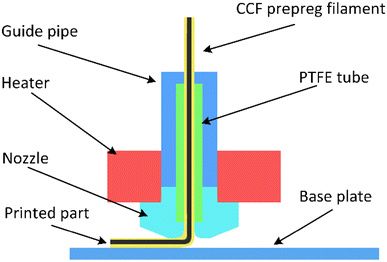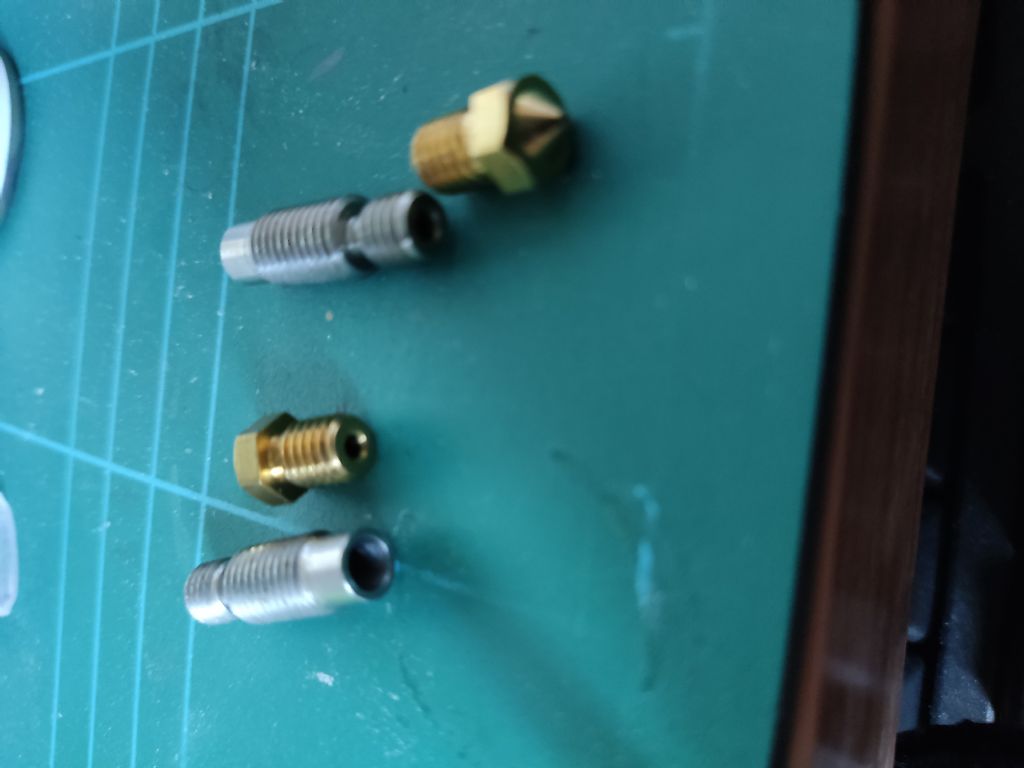Washer for leaking 3D print nozzle?
Washer for leaking 3D print nozzle?
- This topic has 21 replies, 11 voices, and was last updated 1 March 2023 at 12:29 by
 John Doe 2.
John Doe 2.
Viewing 22 posts - 1 through 22 (of 22 total)
Viewing 22 posts - 1 through 22 (of 22 total)
- Please log in to reply to this topic. Registering is free and easy using the links on the menu at the top of this page.
Latest Replies
Viewing 25 topics - 1 through 25 (of 25 total)
-
- Topic
- Voices
- Last Post
Viewing 25 topics - 1 through 25 (of 25 total)
Latest Issue
Newsletter Sign-up
Latest Replies
- Amadeal AMABL210E Review – Any Requests?
- The Perpetual Demise of the Model engineer
- Colchester Chipmaster Clutch question
- Advice moving 3x machines
- Speed camera
- Firth Valve Gear
- What Did You Do Today 2025
- A Persistent Scam
- ML10 backgear
- Boxford lathe & vertical mill VFD conversion help with start stop







